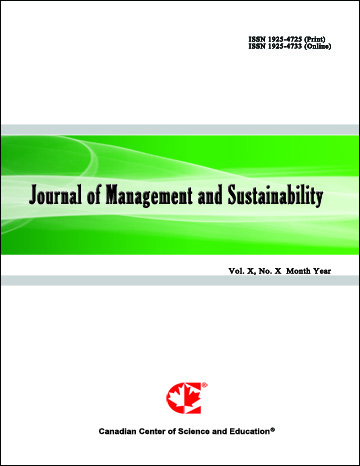Assessment of the Sustainability of Countries at Worldwide
- Janaina Dias
- Eduardo Salgado
- Sandro Barbosa
- Augusto Alvarenga
- Jean Lira
Abstract
For the quantification and ranking of sustainablility reliable indicators are needed in the economic, social and environmental areas. For this, decision-making methods have been used to identify and rank the most important indicators. However, it is important to know which method to use, since this choice can modify the result. Therefore, two methods of multi-criteria decision making were evaluated: Technique for Order Preference by Similarity to Ideal Solution (TOPSIS) and TOPSIS with Hierarchical Analytical Process (AHP). It was observed a difference between the methods tested, where the TOPSIS-AHP method presented better performance as a function of the weights assigned by the specialists. The research results demonstrated which countries have a more balanced sustainable development in environmental, social and economic levels together. In this case, the three most sustainable countries are Switzerland, Sweden and Norway. Additionally this research shows which countries are more sustainable taking into account each indicator separately. It is expected that the results provide a basis in decision-making and it contribute to the best choices in all aspects of sustainability.
- Full Text:
 PDF
PDF
- DOI:10.5539/jms.v7n4p51
Journal Metrics
Google-based Impact Factor (2021): 1.54
h-index (July 2022): 37
i10-index (July 2022): 147
h5-index (2017-2021): 12
h5-median (2017-2021): 19
Index
- Academic Journals Database
- ANVUR (Italian National Agency for the Evaluation of Universities and Research Institutes)
- CAB Abstracts
- CNKI Scholar
- EconBiz
- Excellence in Research for Australia (ERA)
- GETIT@YALE (Yale University Library)
- Harvard Library
- HeinOnline
- Infotrieve
- JournalTOCs
- LOCKSS
- MIAR
- PKP Open Archives Harvester
- RePEc
- Scilit
- SHERPA/RoMEO
- Stanford Libraries
- UCR Library
Contact
- Evelyn XiaoEditorial Assistant
- jms@ccsenet.org
